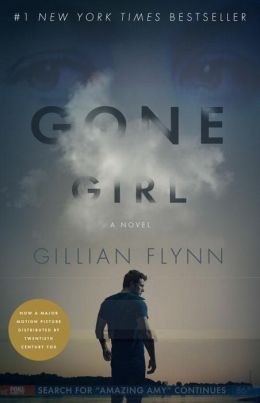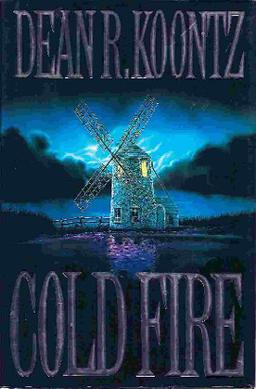Let me say that I love that an author is having this event at a museum. Two of my favorite things: books and art. Together. Lovely.
 Pinkney is from Philadelphia, my old stomping ground, so I feel connected to him on yet another level.
Pinkney is from Philadelphia, my old stomping ground, so I feel connected to him on yet another level. You can see from this photo that he is active in his presentations to children; he looks exactly what you want a children's book author to look like.
He is extremely esteemed, as shown by the extensive list of awards and honors:
- He won the 2010 Caldecott Medal for U.S. picture book illustration, recognizing The Lion & the Mouse, a version of Aesop's fable that he also wrote.
- He also has five Caldecott Honors.
- He has five Coretta Scott King Awards, four New York Times Best Illustrated Awards (most recently in 2006 for Little Red Hen), four Gold and four Silver medals from the Society of Illustrators, and the Boston Globe–Horn Book Award (John Henry, 1994).
- In 2000 he was given the Virginia Hamilton Literary award from Kent State University and in 2004 the University of Southern Mississippi Medallion for outstanding contributions in the field of children’s literature.
- For his contribution as a children's illustrator, Pinkney was U.S. nominee in 1998 for the biennial, international Hans Christian Andersen Award, the highest international recognition for creators of children's books.
I am going to suggest that my husband and I plan a trip to Atlanta on December 14th!





